- Joined
- 27 December 2005
- Messages
- 17,706
- Reaction score
- 26,136
Excellent case study, in the same series as the B-2 study I posted before.
Last edited:
Skybolt said:The list is not complete (e.g. it lacks the A3J-VG-like published here in a previous post)
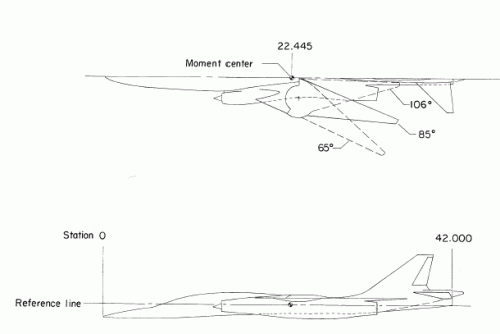
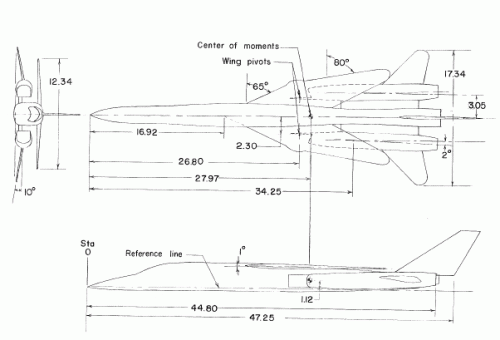
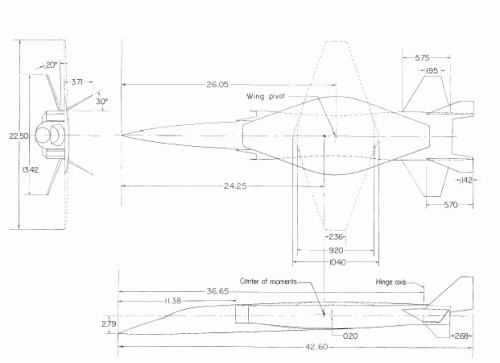
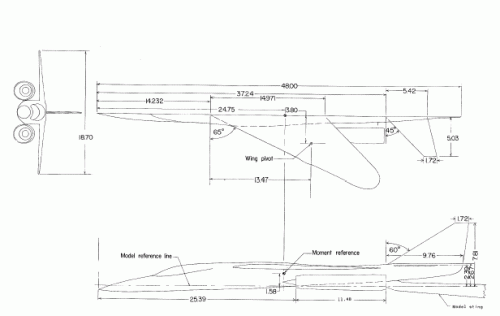

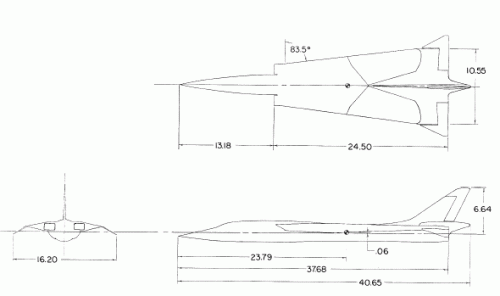

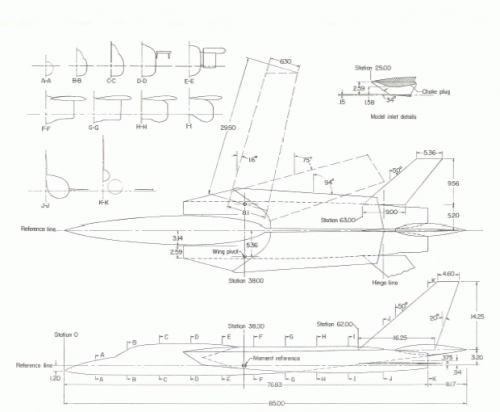
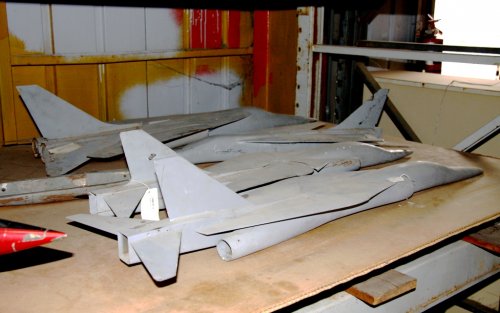
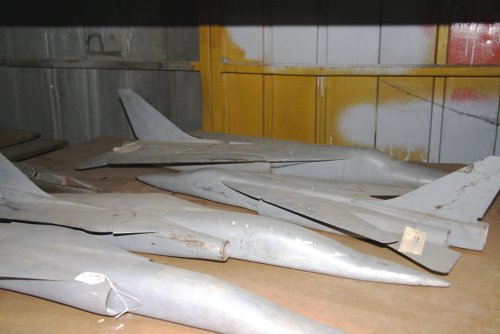
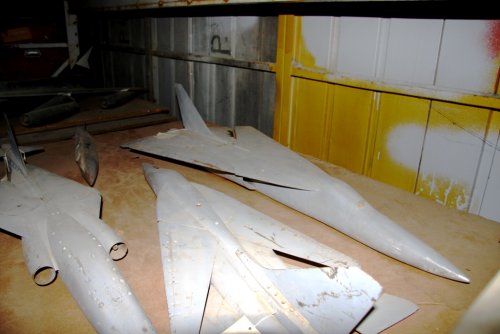
Because it was late at night..
Sundog said:The version of the F-111 that looks very "Fencer" like is the pre-production version of the F-111B. That shouldn't be confused with the prototype F-111B. Of ocurse, I guess I should say, the Fencer looks very much like the pre-production F-111B, since one preceded the other. The place I have ever seen photo's is in the F-111 Naval Fighters series. In fact, I never knew so many pre-production F-111B's had flown until I bought that book. I had only known about the short nosed prototype until then.
the Boeing TFX proposal,notice its tandem two seat.
John Stack, who had been the chief NASA sponsor of he renewed variable'sweep research program, approached General F.K.Everest, TAC Commander, with the proposition that the crucial aspects of the partially formed requirement could be satisfied by a carefully deigned aircraft emodying the fruits of NASA's recent discoveries.devi said:unidentified TFX/F-111
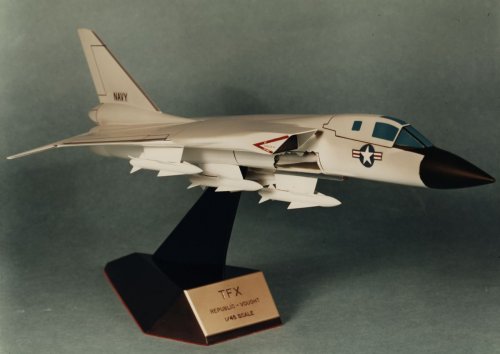
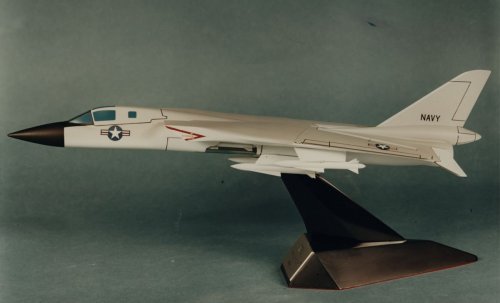
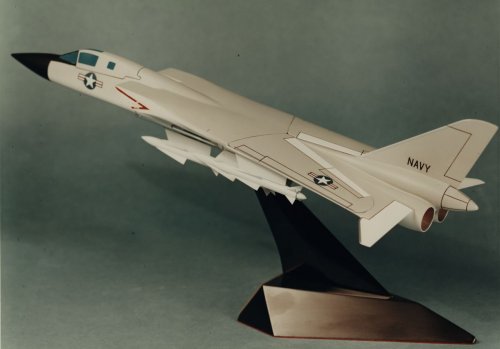
Mark Nankivil said:Last week while spending time in the Vought Archives, I came across a number of black & white and color photos of the Republic-Vought TFX proposal model. Here's the color photos to add to what Scott's posted.
Note the model has a "windowed" section of the fuselage bottom to show the internal carriage of the missiles.
Enjoy the Day! Mark
